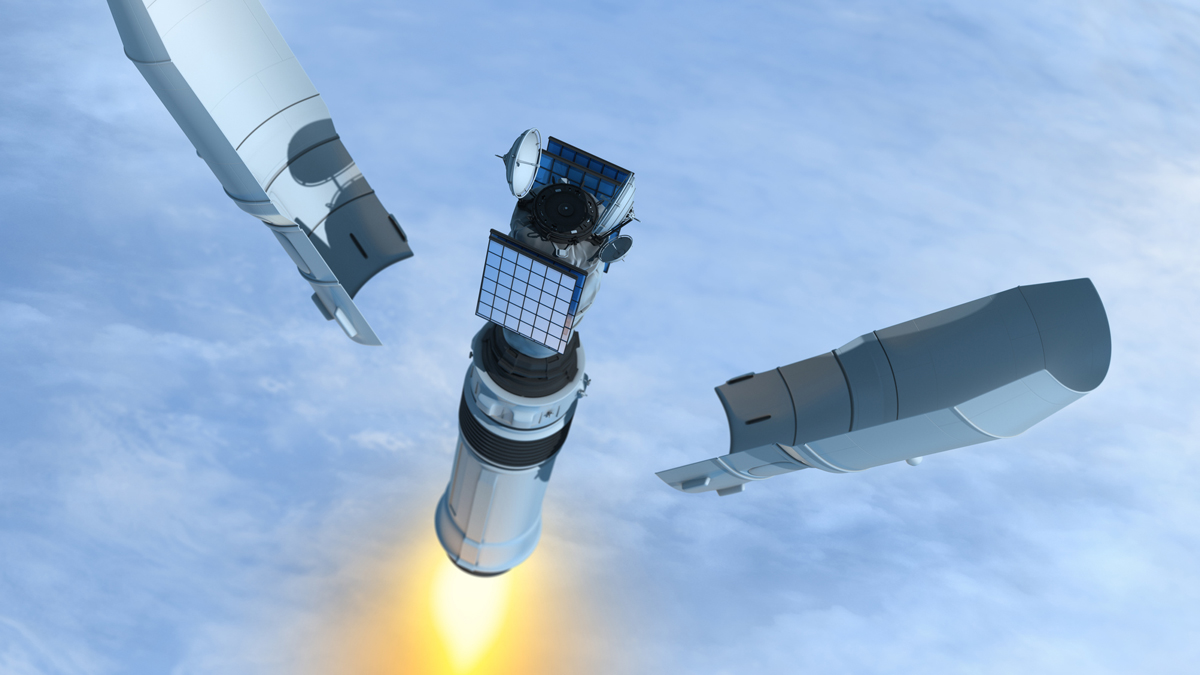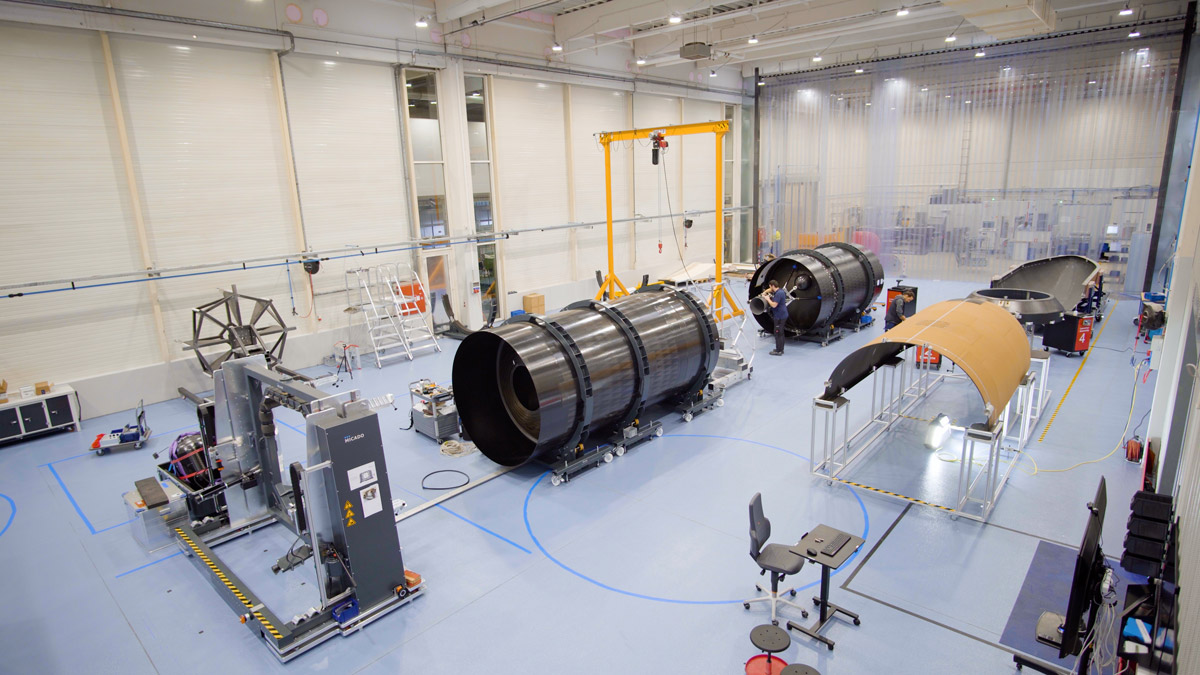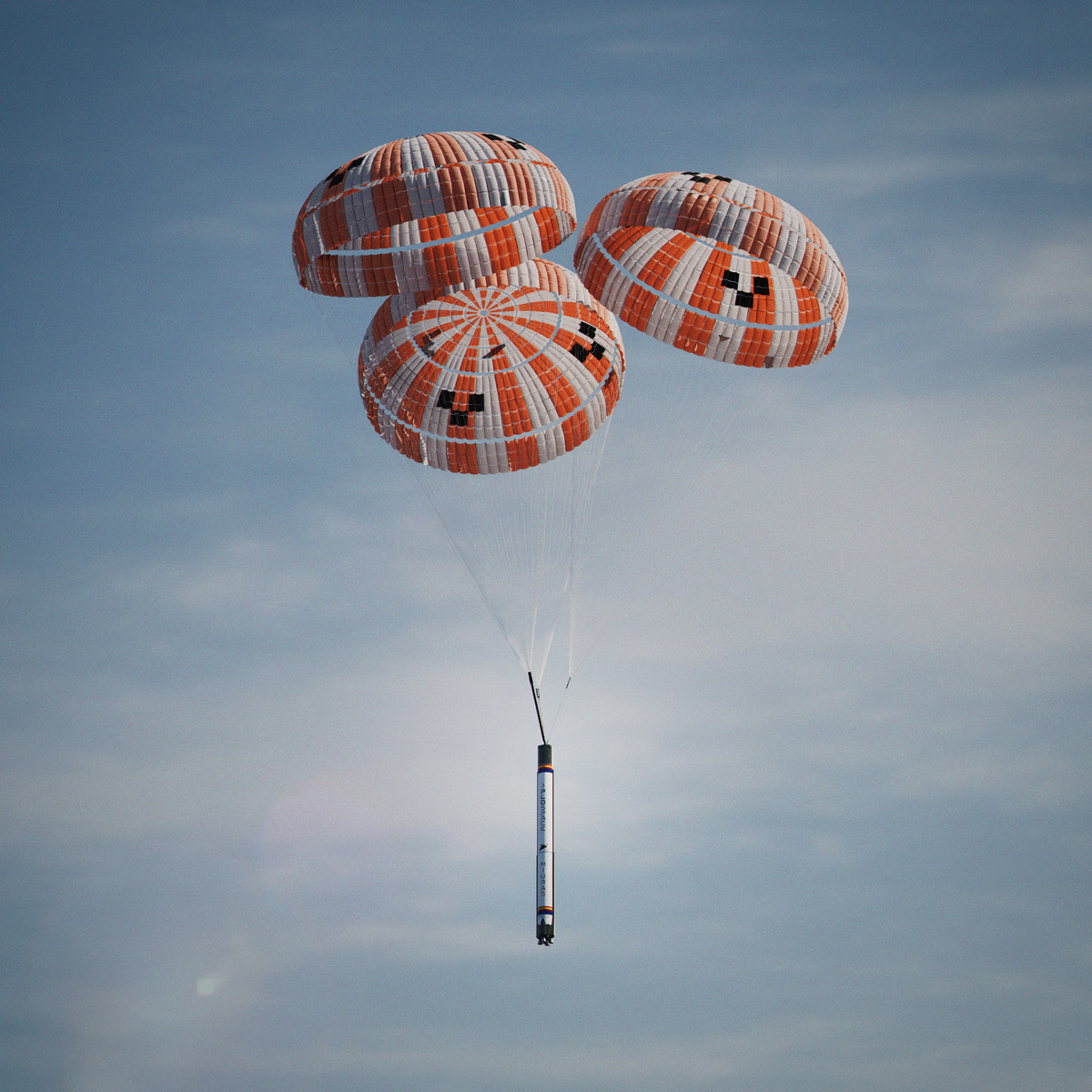
Even as SpaceX continues to lead the industry in launch capabilities, other players are finding creative ways to get into orbit and move around once there. From small-scale rocket launches to satellite buses that can be de-orbited and reused, diversification of launch capabilities across the industry will also change how technology developers, satellite operators and countries think about orbital access and the long-term activities that are possible.
Sovereignty and Sustainability
The issue is especially pressing as many European countries work to establish greater sovereignty over their space activities. PLD Space, a leading European launch company based in Spain, made history in 2023 with the launch of MIURA 1—becoming the first European private rocket to make it into space. The follow-up project, MIURA 5, is scheduled to launch in early 2026.
“The launch of MIURA 1 marked a turning point in the European space industry,” said Ezequiel Sánchez, CEO of PLD Space. “It showed [that] private companies can successfully develop space access technology.”
Successful launch from a European-based spaceport is also a turning point in the case for European space sovereignty. To the same end, PLD Space is a vertically integrated company, allowing it to retain total control and operational independence over activities. Sovereign access to space—for both government and commercial customers—is a priority across Europe.
Sovereign access to space—for both government and commercial customers—is a priority across Europe.
Isar Aerospace, a German company, launched its first rocket, called Spectrum, in March. Although the launch failed after approximately 30 seconds, the company has maintained momentum and plans to make another launch attempt before the end of 2025.
“Europe has been a little bit behind on creating the environment for launching European payloads,” explained Stella Guillen, CCO of Isar Aerospace. “We are pushing this very hard and quickly to make this happen.”
Isar is headed to orbit on a small vehicle, making it hard to compare side-by-side with large-vehicle launches from companies like SpaceX or Blue Origin. While the SpaceX business model is built around rideshare launches that can place dozens or hundreds of satellites into LEO at once, other providers are focused on using small vehicles to place only one or two satellites into very precise location. “It’s like comparing riding a bus to a taxi,” Guillen said.
 Isar Aerospace’s Spectrum rocket in its manufacturing and assembly stage. (Source: Isar Aerospace)
Isar Aerospace’s Spectrum rocket in its manufacturing and assembly stage. (Source: Isar Aerospace)
These small rockets approach space differently than a massive LEO launcher. “The size of the vehicle is perfect for rapid response,” Guillen said, “as well as for smaller constellations that are more dedicated to specific orbits.”
Not every company is interested in building a massive, proliferated satcom constellation in LEO, and different methods of orbital access can allow certain end-users to more precisely pinpoint their satellite placement.
Reusability and Return-to-Earth
Like SpaceX’s famous Falcon 9, launch companies all over the world are chasing reusability. PLD Space, for example, is dedicated to building a rocket with a reusable first stage.
“We’re focused on rocket recovery and reuse,” Sánchez said. “[This] reduces the carbon footprint and makes us a benchmark for sustainable innovation in the space industry.”
 The first stage of the MIURA 5 rocket is designed for recovery and reuse. In a test drop, the rocket was dropped from a Boeing helicopter, slowed by a three-balloon system, and made a successful water entry. (Source: PLD Space)
The first stage of the MIURA 5 rocket is designed for recovery and reuse. In a test drop, the rocket was dropped from a Boeing helicopter, slowed by a three-balloon system, and made a successful water entry. (Source: PLD Space)
Others are even more creative. Lux Aeterna, a space start-up that emerged from stealth in June, has plans to make the satellite itself reusable. Reusability is a key part of sustainability, especially in an industry that has relied on expensive and bespoke hardware for nearly its entire history.
Building a reusable satellite is a massive technical challenge; while most satellites are built to be launched with the assumption that they will never be touched again, a reusable satellite must survive launch, operate in orbit and then survive re-entry into Earth’s atmosphere. Once it is reclaimed it must be ready to be refurbished for another use.
Engineers working on this must address thermal protection, the physics of reentry and designing for modularity within a sound structure. It’s a difficult problem, but if successful it would allow Lux Aeterna to fly multiple missions with less turnaround time and overhead manufacturing cost.
“Return capability enables entirely new classes of missions.” —Brian Taylor, Lux Aeterna
“Return capability enables entirely new classes of missions,” said Brian Taylor, Founder and CEO of Lux Aeterna. “In-space manufacturing, secure data and hardware retrieval, post-mission testing and analysis and a new approach to in-space servicing… It fundamentally changes space from a one-way trip to round-trip infrastructure.”
Taylor’s view is that the industry is shifting away from the launch bottleneck to instead focus on the activities that are possible in space. “At a certain point, the cost per kilogram is no longer a limiting factor,” he said. “What matters more is what you can do once you’re there.”
For many, this means that space mobility is top of mind. K2 Space, a satellite manufacturing startup, is developing a propulsion system that move satellites from LEO into the higher orbits. This method will use a Hall-effect thruster, an electronic propulsion system typically used for orbital insertion and position-keeping, to move the satellite from one orbit into another. The company successfully demonstrated the thruster earlier this year and plans to roll out a full satellite launch to MEO in early 2026.
“This unique capability will allow K2 Space to deploy MEO constellations in a way not previously possible,” the company stated in a press release. The company will initially launch its satellite to LEO and then use the thruster to move the satellite into place in MEO in less than ninety days. This strategy minimizes the number of launches and time required to build a constellation in MEO.
The Future of Space Access
Cheaper, sustainable and sovereign access to orbit will change how companies and governments across the globe approach launch and space activities.
“As launch becomes a solved problem, the frontier shifts to operations in space,” Taylor said.
In the last several years, for example, there has been a shift towards smaller vehicles rather than the large LEO launchers.
“The situation was different even a year ago,” Guillen said. “Everybody was thinking big vehicles, big communications, big satellite constellations. Right now, it’s shifting to faster capabilities. Whatever we put out, the faster the better.”
“Whatever we put out, the faster the better.” —Stella Guillen, Isar Aerospace
As timing has become more important to end users, smaller vehicles have become more relevant, especially as small satellites are looking for the most efficient way to get where they need to go.
PLD Space’s Miura 5, for example, is a small vehicle with a recoverable launcher designed for small satellite launches. More accessible and efficient solutions for smallsats, as well as more frequent and flexible launches, will open up opportunities across the commercial sector, “allowing not only large companies but also institutions, individual countries and startups to access space more flexibly and affordably,” Sánchez said.
“More access means more experimentation,” Taylor said. “Smaller teams will be able to test, iterate and deploy systems without the overhead of legacy mission planning.”
Like the industry transformation that happened following SpaceX’s introduction of reusable rocket launch, a similar transformation could occur with wider space access—small rocket launches from spaceports and launch companies all over the world will transform how people get into space and what is built there.
“In five to 10 years, we’re looking forward to multiple reusable rocket companies providing launch as a commodity,” Taylor said. “In that future, we need to be putting up more than just a high number of satellites; we need to be building robust and trusted infrastructure, like any other industry, and provide the ability to return anything back to Earth.”
Explore More:
Constructing the Next Space Age
Europe’s Space Industry: Elon Musk 2.0 is a Clear Opportunity for Us To Confront the Threat From Musk 1.0
CondoSats Offer an Inexpensive Avenue to Space… But at What Cost?
